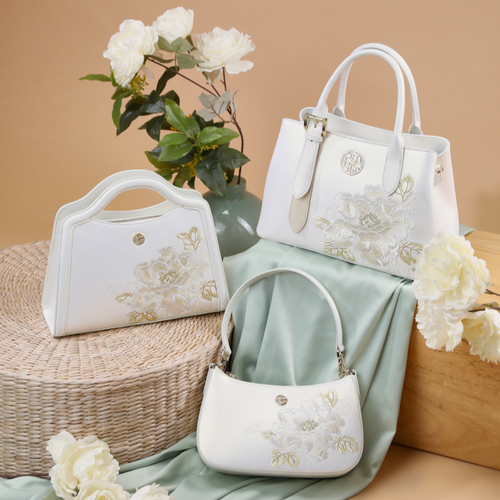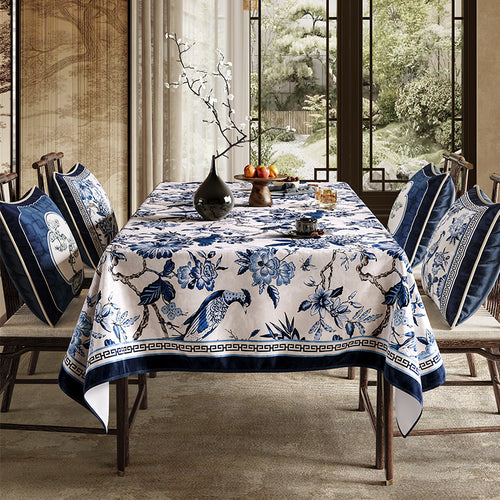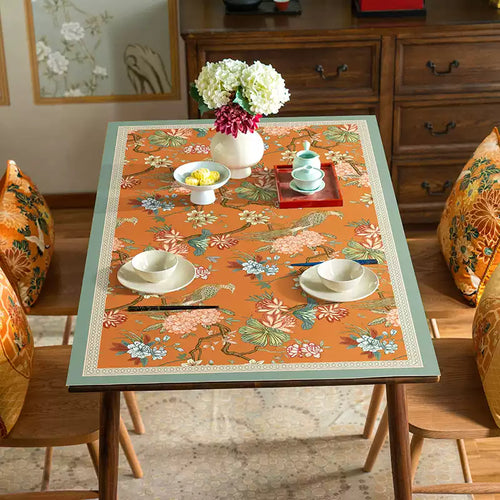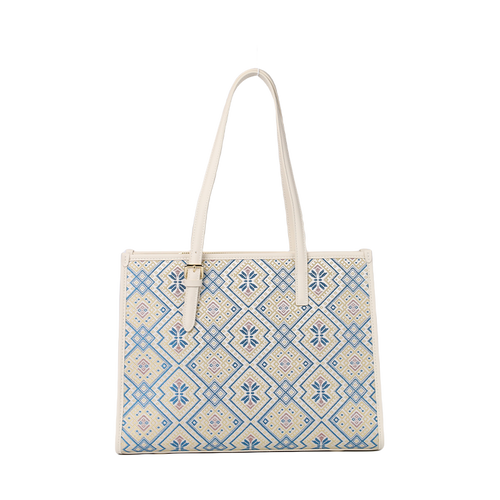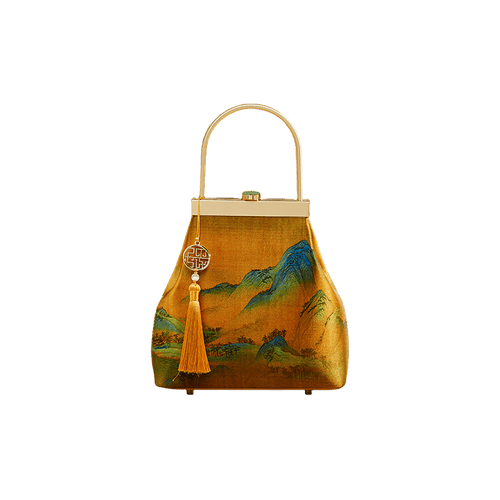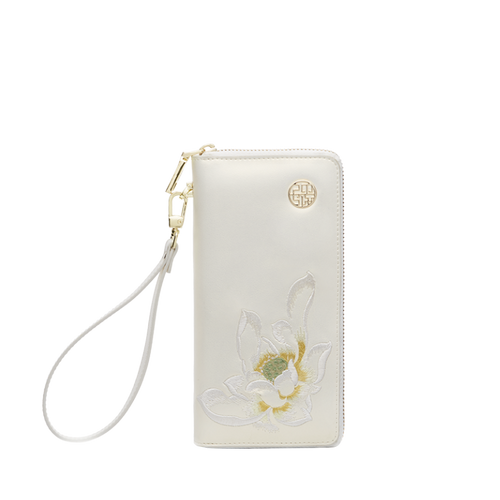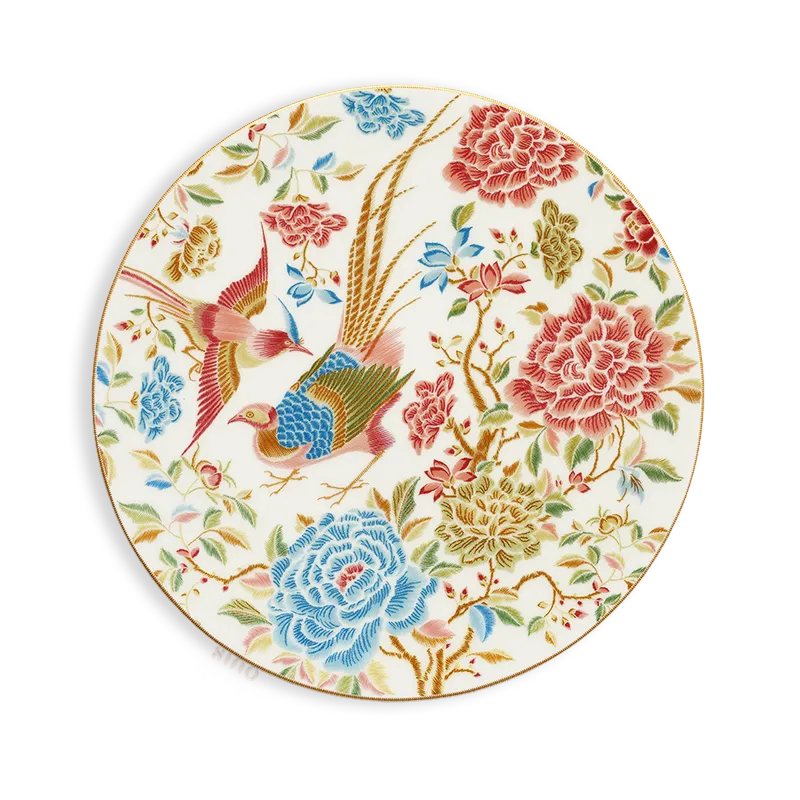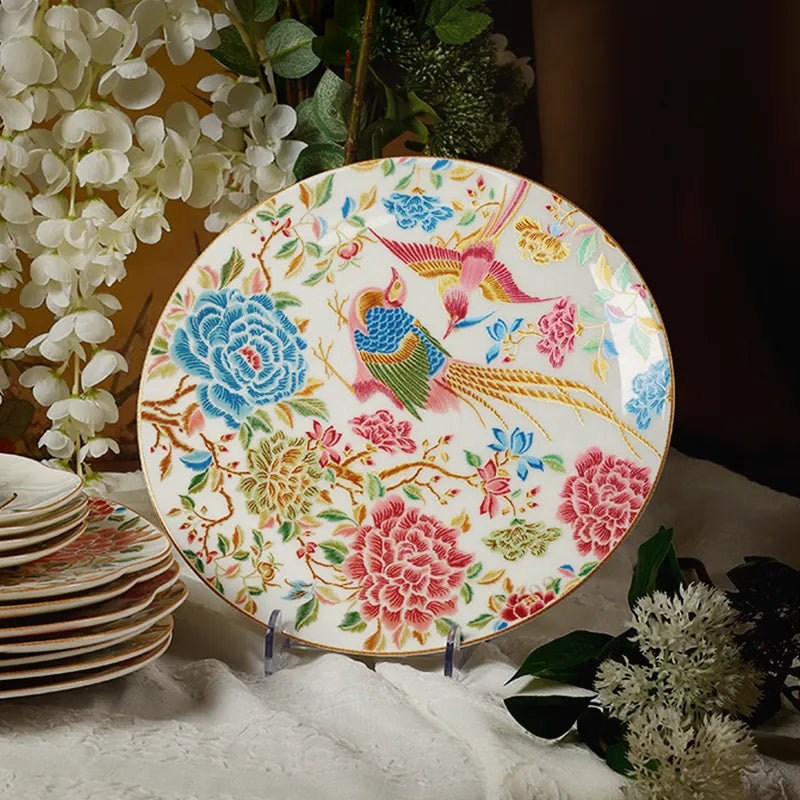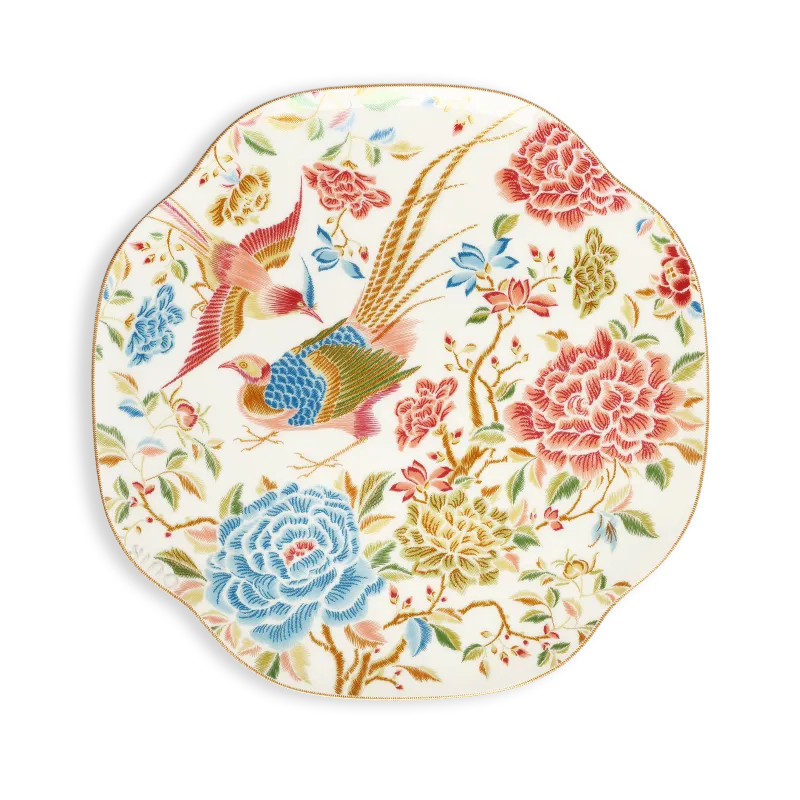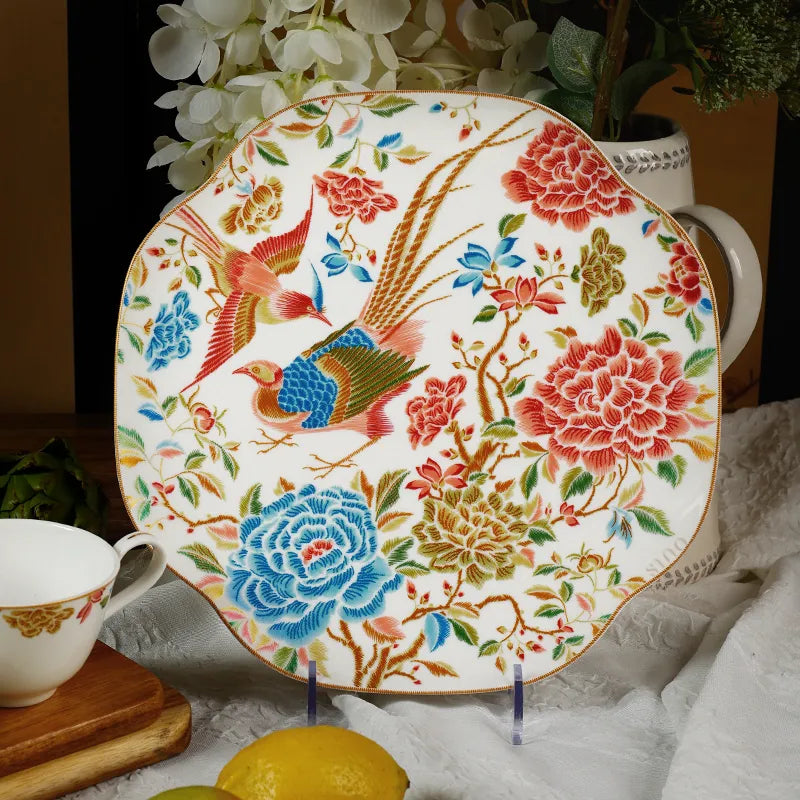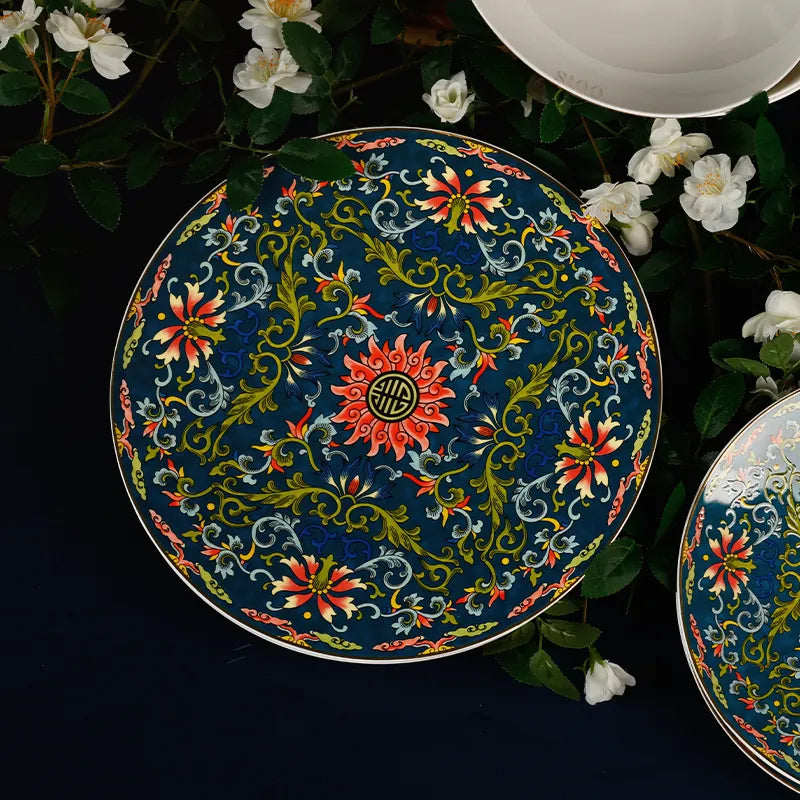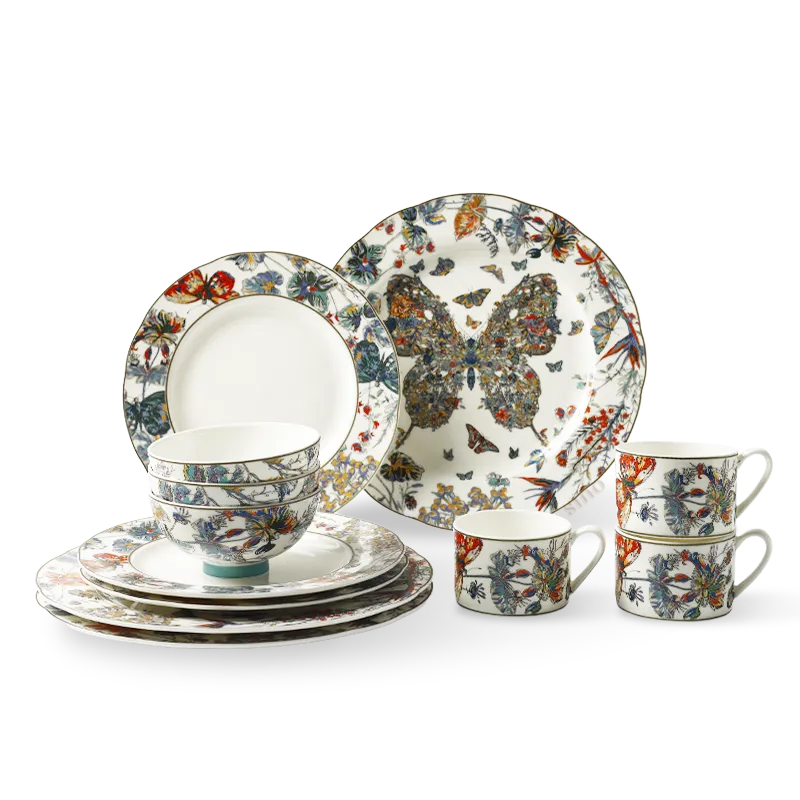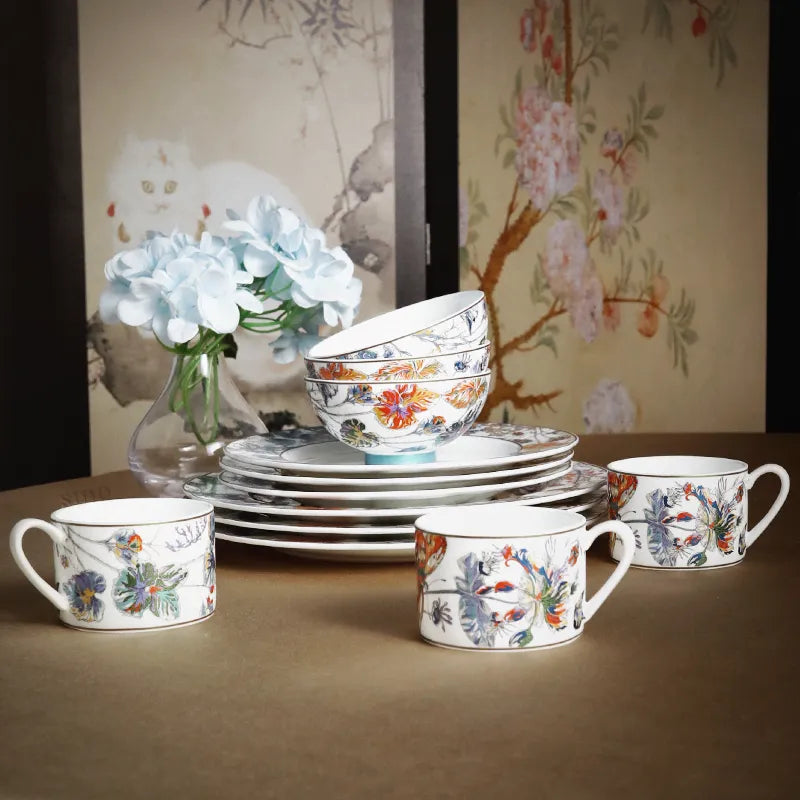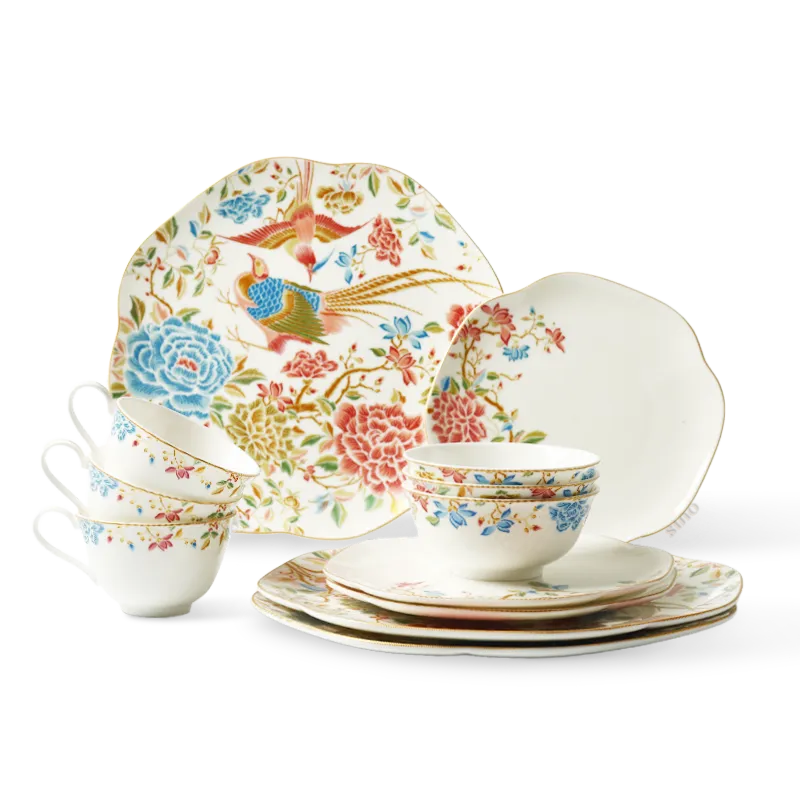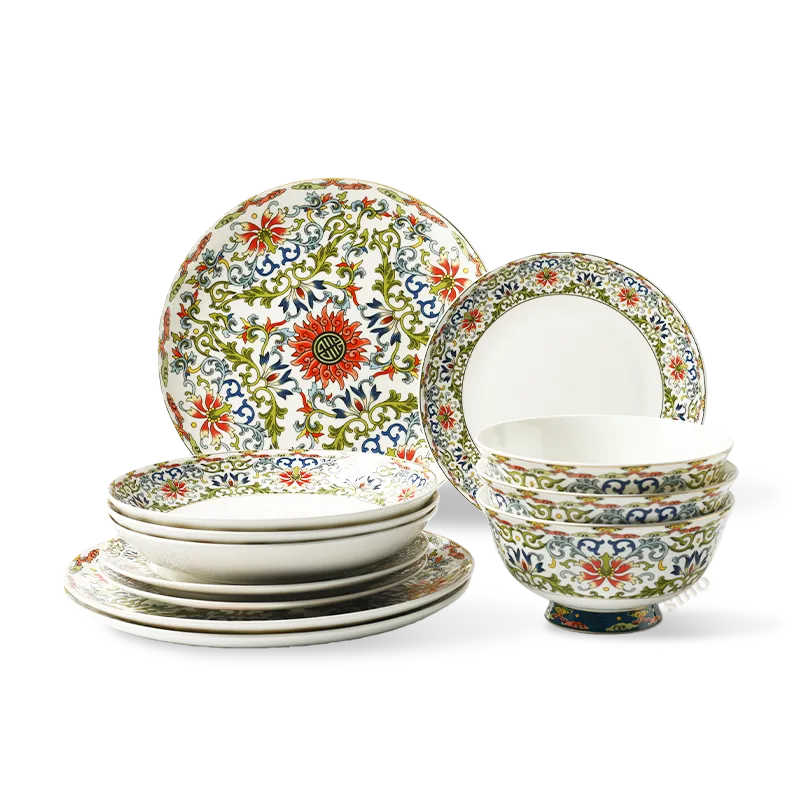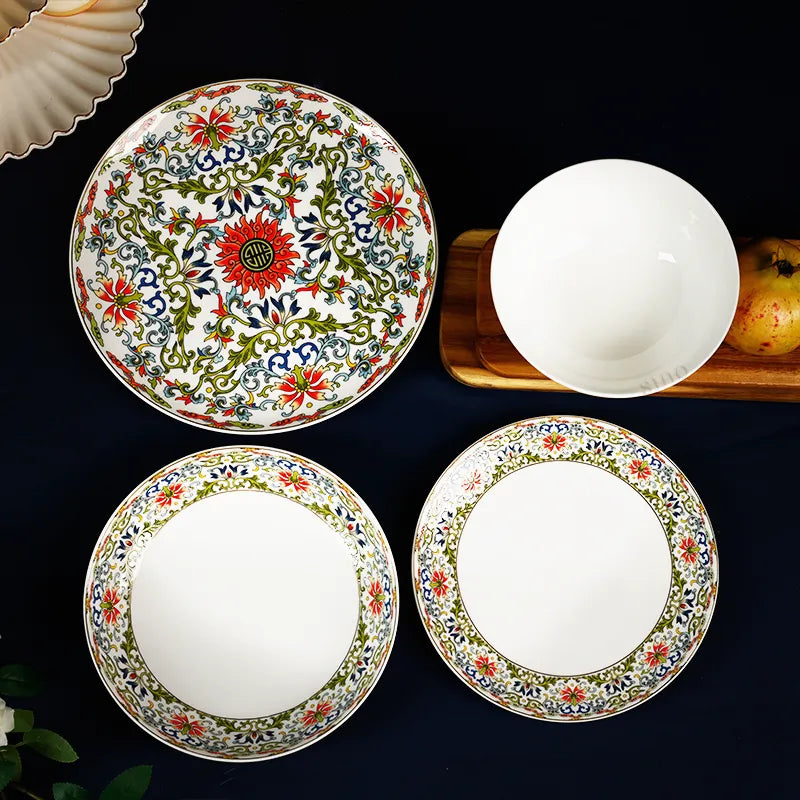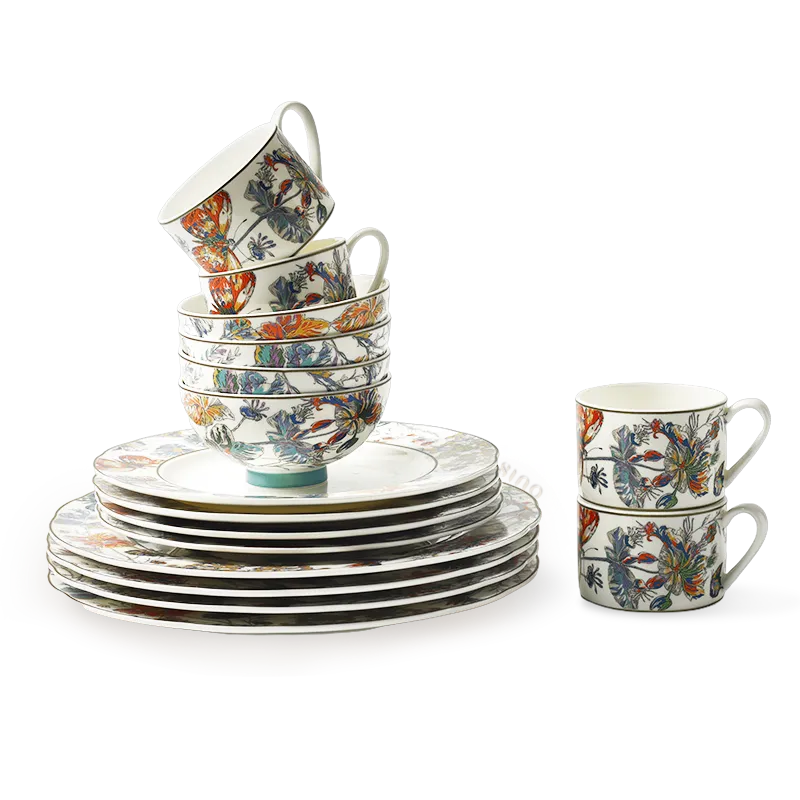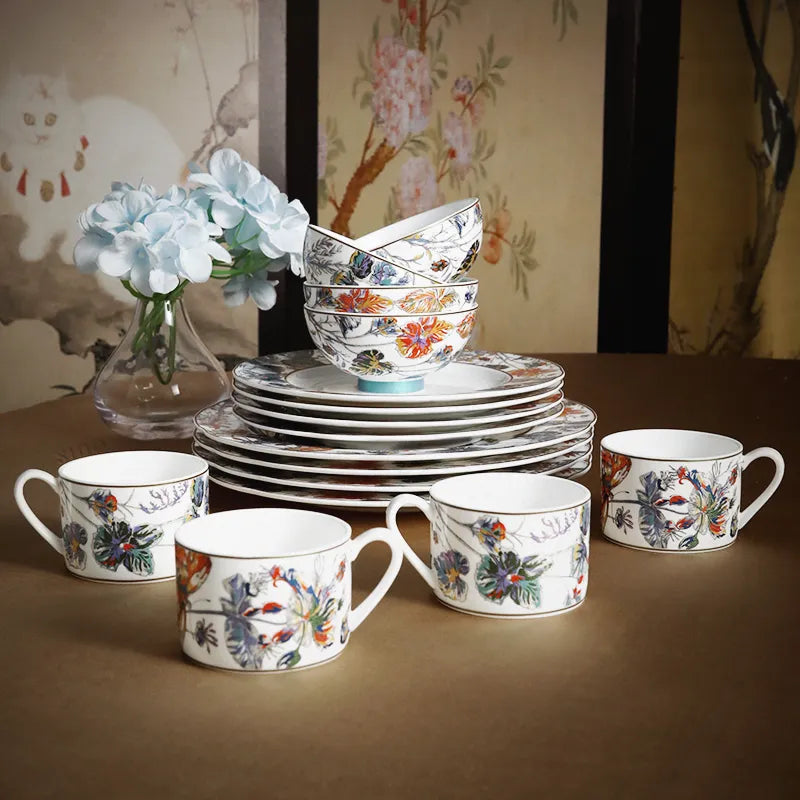The moment of firing is the heart of ceramics—a process of dramatic transformation where soft, yielding clay is reborn as stone. In China, this art has been perfected over 5,000 years, evolving from the smoky, unpredictable dragon kilns of folk potters to the legendary imperial kilns that gifted the world porcelain. This is not just a craft; it is a legacy—a long conversation with the earth, written in fire.

But this ancient art is not a locked secret. Firing is a science, a delicate dance of chemistry and temperature where minerals fuse, glazes melt into glass, and colors bloom into existence. Understanding this process is the key to unlocking your creative vision. While modern electric kilns and digital controls make the technique more accessible than ever, the guiding philosophy remains unchanged: a deep respect for the material, a mastery of heat, and the pursuit of harmony between your hands and nature's elements.

This guide will not only demystify the ceramic firing process but also offer a deep dive into the rich history of Chinese ceramics and the classic, time-honored techniques of Jingdezhen. We’ll take you through the essential stages—starting with the initial bisque firing and ending with the final glaze firing—blending centuries-old wisdom with modern, step-by-step techniques. Whether you're a curious beginner or an experienced artisan seeking to explore the heritage of Chinese ceramics, this guide will help you master the art of firing and begin your own ceramic legacy.
A Legacy Forged in Fire: The History of Chinese Ceramics
To understand the art of firing, we must first appreciate the journey of the material itself. The story of Chinese ceramics is not just about clay; it’s about a relentless pursuit of beauty, strength, and perfection that began at the dawn of civilization and eventually captivated the world. This history provides the foundation for every technique we use today.
From Earth to Fire: The Earliest Roots of Chinese Ceramics
China’s story with ceramics begins thousands of years before the rise of imperial courts. In Neolithic villages along the Yellow and Yangtze rivers, early potters discovered that clay—once shaped and exposed to controlled heat—could become something entirely new: a vessel stronger than mud and more enduring than wood. These first pieces were simple, thick, and fired in open pits, but they carried an important breakthrough: humans had learned to shape the earth with fire.
As communities advanced, so did their kilns. Open fires gradually evolved into the elongated dragon kilns, built along hillsides to harness rising heat. These early kilns reached higher, more stable temperatures, allowing pottery to become harder, denser, and more refined. The dragon kiln marked the beginning of intentional craftsmanship—an early understanding that temperature, airflow, and clay composition could transform not only utility but beauty.This growing mastery laid the foundation for what would eventually become China’s great kiln traditions.

The Rise of Porcelain: When Craftsmanship Became Prestige
As early potters refined their control of clay and fire, a quiet revolution was brewing—one that would redefine what ceramics could be. By the Tang Dynasty (618–907 AD), Chinese artisans had unlocked the secret to a material the world had never seen before: true porcelain. This breakthrough didn’t happen overnight. It was the result of generations of experimentation, fueled by a desire for purity—whiter clay, cleaner forms, and a body so refined that it rang like a bell when struck.
The discovery of kaolin clay and the ability to fire it at exceptionally high temperatures—around 1300°C (2372°F)—changed everything. What emerged from the kiln was astonishing: a vitrified, translucent, stone-hard material that was both delicate and strong. Porcelain was not just pottery; it was “white gold.” Its purity, durability, and subtle glow made it instantly desirable, impossible for other cultures to replicate at the time.
As demand grew, Chinese dynasties elevated porcelain from folk craft to imperial treasure. This was the birth of the official kilns (Guan Yao)—state-run workshops dedicated to producing flawless ceramics exclusively for the royal court. These kilns enforced exacting standards: perfect proportions, consistent glazes, and colors reserved only for emperors. Through imperial taste and strict craftsmanship, porcelain became more than a material—it became a symbol of cultural refinement, technological mastery, and national identity.

The Global Peak: When Chinese Porcelain Ruled the World
By the Song and Yuan dynasties, Chinese porcelain had become more than a domestic treasure—it was a global obsession. Through the Silk Road, fine celadon and blue-and-white ware traveled westward, astonishing merchants and travelers alike. Even Marco Polo marveled at China’s “porcellana,” noting how prized and plentiful it was.
During the Ming Dynasty, Admiral Zheng He carried porcelain across the Indian Ocean on his legendary voyages, spreading Chinese craftsmanship from Southeast Asia to East Africa. The height of maritime trade came later in the Qing Dynasty with the rise of the Guangzhou Thirteen Factories, where mountains of export porcelain were packed onto European ships. The famous shipwreck Nanhai No.1, discovered centuries later, still carries untouched crates of these goods—proof of the scale and sophistication of this global trade.
In this era, porcelain wasn’t just art; it was China’s calling card to the world. Delicate, durable, and unmistakably refined, it defined global taste and solidified China’s status as the unrivaled master of ceramics.

The Ancient Craft of Jingdezhen: A 72-Step Journey From Earth to Art
If the first section showed how Chinese ceramics were born, this section reveals how they were perfected. Nowhere is this mastery clearer than in Jingdezhen, the “Porcelain Capital” of China. For over a thousand years, artisans here refined a production system so sophisticated that a single porcelain piece required 72 distinct steps—each performed by specialized craftsmen.
Below is a reader-friendly look at how these 72 steps unfold, grouped into three essential phases: material preparation, forming, and firing.
From Mountain to Mold Jingdezhen’s legendary 72-step process begins where the materials are born. Artisans first prospect mountains for quality stone (Kan Shan 勘山), then mine, transport, and crush raw materials. The magic starts when rocks become clay: stones are pulverized, mixed with water into slurry, filtered, and kneaded into workable clay blocks (Zhi Bu制不). This "clay birth" phase alone involves 8 precise steps – all before any shaping occurs. The prepared clay then journeys to workshops by boat (Chuan Zai船运) where master mold-makers begin transforming it into vessels through throwing, coiling, and meticulous trimming (Li Pi理坯).

Fire, Color & Final Touch The real alchemy happens in the kiln. After delicate carving (Lou Diao镂雕) and iconic blue-and-white painting (Qing Hua青花), pieces undergo up to six specialized glazing techniques – from dipping (Zhan Yo蘸釉) to air-blown coatings (Chui You吹釉). Then comes the dramatic 12-step firing ritual: loading kiln shelves (Man Yao满窑), the 1300°C fire dance (Shao Yao烧窑), and the nerve-wracking "reading" of colors (Kan Se看色) during cooling. Finally, artists hand-paint enamel designs (Hua Ci画瓷), apply imperial signatures (Xie Kuan写款), and fire decorations again (Kao Hua烤花) before reed-wrapping treasures (Jiao Cao茭草) for their global voyage.

Modern Tools: Kilns, Materials, and Technology Behind Today’s Ceramics
While ancient porcelain relied on wood-fired dragon kilns and careful intuition, today’s ceramic artists work with tools that offer precision and consistency. Modern studios typically use electric kilns, valued for their stable temperature curves and clean firing environment. Gas kilns and wood kilns are still used for special effects—flame patterns, ash deposits, or reduction atmospheres—but electric kilns remain the most accessible for beginners and small studios.

Clay bodies are also more standardized now. You can choose from porcelain, stoneware, earthenware, or specialty clays, each with predictable firing ranges. Glazes, once mixed by hand through endless trial, now come as ready-made formulas or scientifically tested recipes. Digital controllers allow artists to program precise ramps, holds, and cooling cycles—removing much of the guesswork while giving full control over the final result.
Yet despite these technological upgrades, the spirit of the craft remains rooted in the same principles that guided ancient artisans: respect the material, master the heat, and let fire complete the transformation.

A Step-by-Step Guide to Firing Ceramics Today
With modern tools, anyone can follow a clear, repeatable firing process. Here’s a simplified roadmap that mirrors the core logic of traditional Chinese firing, but adapted for today’s studio environment:
-
Prepare the Clay:Wedging removes air and aligns particles. Shape your piece using wheel-throwing, handbuilding, or slip casting. Let it dry slowly until bone-dry.

-
First Firing (Bisque Firing):Load the bone-dry pieces into the kiln and fire to around Cone 06–04 (approx. 999–1060°C / 1830–1940°F).This hardens the clay into a porous body that accepts glaze.

-
Glazing:Apply glaze by dipping, pouring, brushing, or spraying. Keep the base clean to avoid sticking to kiln shelves.

-
Glaze Firing:Fire again to the temperature suited to your clay body—Stoneware around Cone 6–10, porcelain even higher. Modern digital controllers help you execute slow warming, peak temperature, and controlled cooling.

-
Overglaze Decoration:Just like the ancient craftsmen who added enamel paintings or gold accents, you can add lusters, enamels, decals, or hand-painting and fire a third time at lower temperatures.
With each firing, you are repeating the essential rhythm of the ancient kilns—heat, transformation, refinement—only with tools that make the journey far more accessible.
Adding Chinese Aesthetics: Elements to Inspire Your Own Creations
If you want to infuse your ceramics with a touch of Chinese heritage, you’re drawing from one of the world’s most diverse artistic traditions. Here are a few elements that translate beautifully into modern ceramic design:
-
Blue-and-White (Qinghua 青花):Cobalt patterns inspired by mountains, waves, lotus petals, or cloud scrolls.

-
Falangcai & Enamel Colors (珐琅彩):Bright, layered overglaze painting—perfect for fine lines, flowers, and narrative scenes.

-
Peony Motifs (牡丹):Symbolizing prosperity and beauty; ideal for plates, bowls, and decorative jars.

-
Butterfly Patterns (百蝶图):A classic symbol of joy and transformation, great for cups and tea sets.

-
Fish & Waves (年年有余 / 吉祥水纹):Traditional symbols of abundance and good fortune.

-
Geometric Borders (回纹 / 如意纹):Perfect for rims and edges, adding structure and elegance.

Whether used subtly or boldly, these elements connect your work to centuries of craftsmanship—echoes of Jingdezhen, the Silk Road, and the world’s earliest porcelain exports.
Conclusion: Mastering Fire, Honoring Tradition
Ceramic firing is more than a technique—it is a dialogue between ancient knowledge and modern innovation. From the dragon kilns of Jingdezhen to today’s programmable electric kilns, one truth remains unchanged: clay becomes its best self only through fire.
As you begin crafting and firing your own ceramics, remember that you’re joining a tradition that spans thousands of years. Let history inspire you, let modern tools guide you, and let the fire write the final stroke of your creation.
